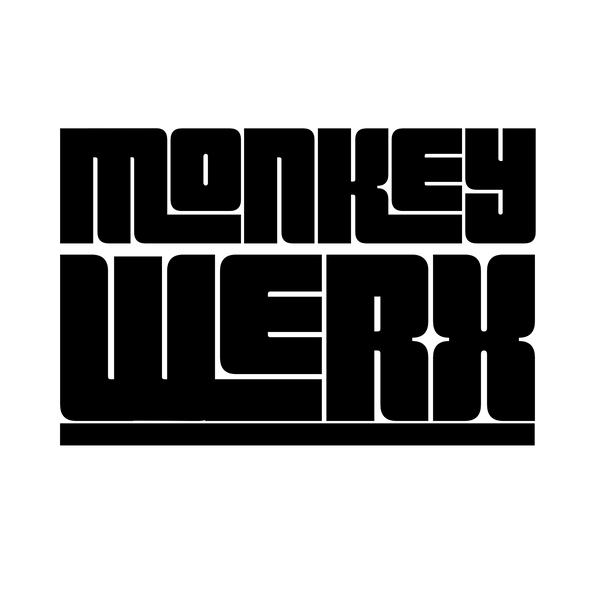For months, the country has been buzzing with rumors about sealed indictments, “shadow” deployments, and federal power being quietly repositioned in Washington. Most of it has stayed under the surface - scattered headlines, obscure committee documents, subtle troop movements, and cryptic statements from senior officials. When you start to connect the dots, though, a picture begins to emerge of something larger than routine politics: the early stages of a systemic confrontation with the entrenched bureaucracy many call the “deep state.”
Federalization and the Rise of Central Control
One of the least-covered stories in mainstream media is the slow federalization of certain local enforcement arms inside the Beltway. Quietly but steadily:
- Large numbers of National Guard and active-duty troops have been cycled through the National Capital Region under training and “support” missions.
- Local police functions are now being federally coordinated under security-related justifications. The line between D.C.’s municipal police, Capitol Police, and federal agencies has blurred.
- JAG officers (Judge Advocate General) have been embedded across a wider swath of operations - not just military courts but also advisory and oversight roles that touch sensitive investigations. This is a legal infrastructure for handling military-style prosecutions and for ensuring that any actions taken are defensible under the Uniform Code of Military Justice.
None of this means martial law has been declared. But it does mean the skeleton of a legal/military framework is in place should sweeping operations be launched.
Sealed Indictments and the Legal Front
Alongside these moves is a quieter legal war. Sources point to a build-up of sealed indictments in multiple jurisdictions. Indictments can sit under seal for months or even years while investigators build their cases. If there truly is a large operation to dismantle entrenched networks, you would expect to see:
- Prolonged grand jury activity.
- Quiet but steady replacement or repositioning of prosecutors and judges.
- Heavy JAG and Inspector General involvement to pre-vet cases.
This is exactly the sort of infrastructure you’d need if you were preparing mass prosecutions of government officials, contractors, or embedded operatives.
The Military’s Role - Loyalty and Law
At the same time, high-profile statements by senior military nominees - openly pledging they will resist unlawful orders - highlight the other side of the battlefield. While some view this as “patriot generals” standing up to an overreaching president, it also signals that senior leadership knows something unusual may be coming and wants to draw red lines now.
This is why, if a president were preparing to go to war with the “deep state,” you’d expect to see:
- “Thinning of the herd” at the senior ranks - removing or bypassing officers who might refuse orders.
- A legal groundwork (JAG presence, federalized policing) to ensure loyalty or at least compliance further down the chain.
- Information operations to prepare the public for large-scale arrests or “clean-up” actions.
Connecting the Dots
Look at the pattern:
- DC troop presence: Quiet but persistent rotations, training, and staging.
- Police federalization: Expanded federal oversight of local law enforcement in the capital.
- JAGs in place: Military legal infrastructure embedded beyond its usual scope.
- Indictments building: Grand juries and sealed cases reportedly on the rise.
- Senior officer statements: Public pledges to resist unlawful orders - signaling both awareness and possible internal opposition.
Individually, each of these can be explained away as normal bureaucracy. Together, they start to resemble a pre-operational phase of a very large effort - either a government-wide anti-corruption campaign or, depending on your perspective, the groundwork for authoritarian power.
Why This Matters Now
We are approaching a period of maximum political volatility: an election cycle, international crises, and a divided public. If a president or a power bloc is going to make its move, it will do so when:
- Public attention is scattered.
- Institutional leadership is unsettled.
- Legal and security frameworks are already in place.
That moment appears to be approaching. Whether it’s genuinely a “deep state takedown” or a more conventional reshuffling of power under the banner of reform, we are watching the chess pieces line up.
What to Watch Next
If this analysis is right, the next indicators would be:
- Sudden, coordinated unsealing of indictments targeting high-level officials or contractors.
- Major changes in senior military or federal law enforcement leadership within a compressed timeframe.
- Expansion of JAG authority into areas normally handled by civilian courts.
- Rapid public framing of these moves as either “clean-up” or “crackdown” by whichever side controls the narrative.
Conclusion:
The events unfolding in Washington right now may be the opening moves of the most significant confrontation between an elected president and the entrenched national security bureaucracy in modern U.S. history. Whether it ends as a genuine purge of corruption or a dangerous overreach depends on who controls the process - and how much of the public gets to see what’s really happening.

